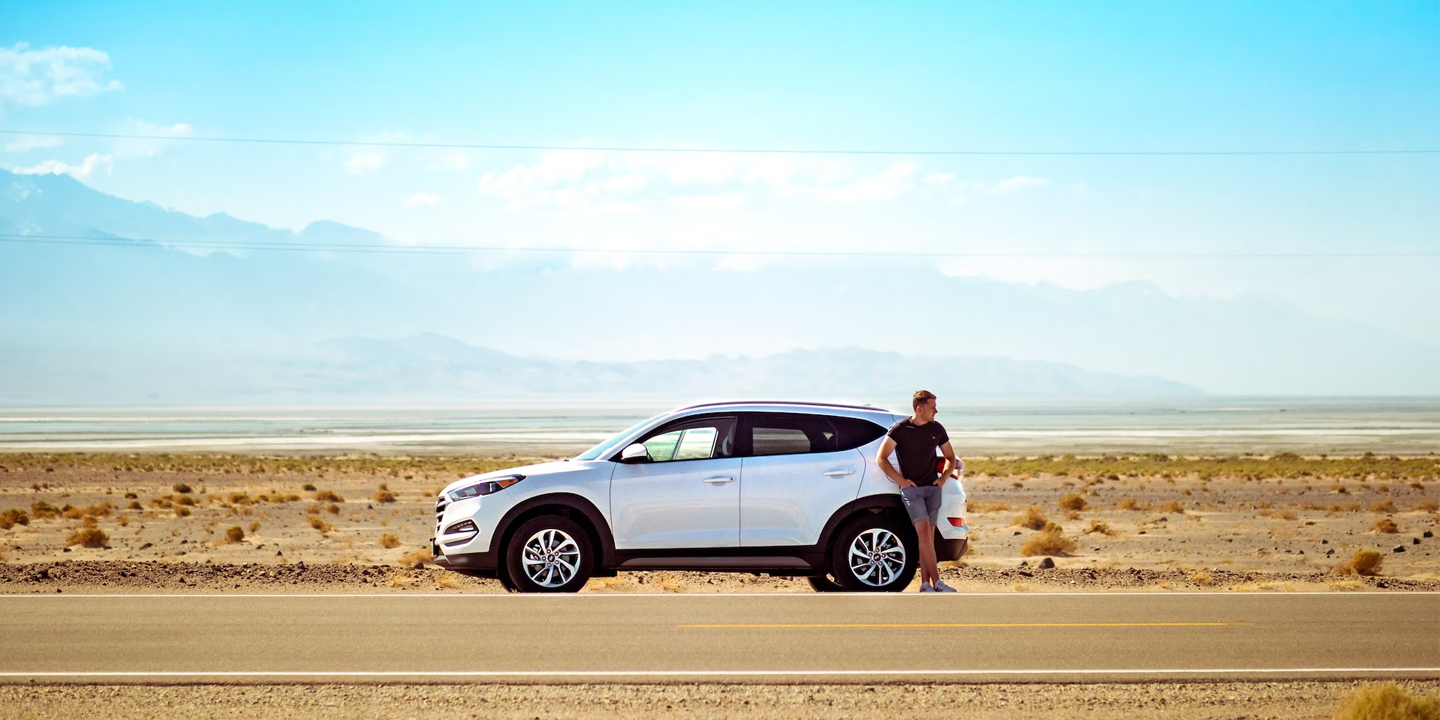10 Countries That Drive On The Other Side Of The Road & 10 Tips To Help You Navigate It
10 Countries That Drive On The Other Side Of The Road & 10 Tips To Help You Navigate It
Steering Into Surprise
So you’ve landed in a new country, grabbed your rental keys, and then—wait a second—everything looks flipped. The driver’s seat feels wrong, and cars whiz by on the “other” side. Plenty of countries do it, and once you know which ones, the shock fades fast. Pair that knowledge with a few practical tips, and you’ll keep your cool. So, first, here are ten countries where driving flips the script and gets a little more interesting.
1. Australia
From the outback to its coastal cities, Australia adheres to left-hand driving. Steering wheels are positioned on the right, which simplifies importing right-hand drive cars. Moreover, "Keep Left Unless Overtaking" signs are common sights on all multi-lane roads.
2. New Zealand
Prepare for left-hand driving throughout New Zealand, including both the North and South Islands. The country's often winding mountain roads can pose a challenge for visitors unfamiliar with this rule. However, to ease the travel, information about this is widely available at airports and when picking up rental cars.
3. Japan
In Japan, driving on the left is the norm, even though it's not a Commonwealth nation. Japanese vehicles are built for this, and many are exported as right-hand-drive models. As a matter of fact, this left-side driving tradition goes back to the Edo period.
4. Ireland
Ireland follows the left-hand driving rule, a legacy of its historical ties to the United Kingdom. The entire island, encompassing both the Republic and Northern Ireland, adheres to this practice. That’s why navigating the charming yet narrow "boreens" can be tricky for those unfamiliar with left-side driving.
5. India
India requires driving on the left, with overtaking on the right. “Horn OK Please” painted on many trucks encourages polite communication while passing. Besides, sharing the road with cows is a common occurrence, making for an unforgettable Indian driving experience.
6. Pakistan
Unlike most of its neighbors, Pakistan drives on the left, a system inherited from British colonial times. This influence remains firmly in place today, making Pakistan one of the few in the region to follow the left-hand rule and offering visitors a distinct driving experience.
 Asif Ashraf 231201 on Wikimedia
Asif Ashraf 231201 on Wikimedia
7. Bangladesh
Here, the system places the driver’s seat on the right-hand side of vehicles, which can feel unusual for visitors from right-hand driving countries. The rule extends beyond just steering direction; everything from pedestrian crossings to road signage is designed with left-side traffic in mind.
 Ragib Hasan (en:User:Ragib) on Wikimedia
Ragib Hasan (en:User:Ragib) on Wikimedia
8. Kenya
British influence left Kenya with a left-hand driving tradition, shaping its roads and vehicle imports alike. Motorists navigate with right-hand steering, adjusting to unique rules at roundabouts and overtaking lanes. Nairobi’s matatus add unpredictability, while rural highways demand alertness for wildlife wandering onto the tarmac.
9. Thailand
Journey through Thailand, and you'll find cars on the left side of the road. This contrasts with some bordering nations, requiring unique border interchange systems. Tuk-tuks, a symbol of Thailand, add to the vibrant left-hand traffic scene.
 ThomasSD at de.wikipedia on Wikimedia
ThomasSD at de.wikipedia on Wikimedia
10. Malaysia
Colonial history cemented Malaysia’s left-hand driving system, where cars are designed with right-hand steering and road rules align with British standards. Expressways link modern cities like Kuala Lumpur, while traffic circles, overtaking etiquette, and pedestrian flow all follow left-side norms.
Now that you know where it happens, here are ten tips to help you stay calm, confident, and in control when the road rules switch sides.
1. Rent An Automatic Car
Simplify your driving experience abroad. Opt for an automatic transmission to eliminate gear-shifting challenges, especially if using your non-dominant hand. This allows more focus on the unfamiliar road rules and traffic flow, ensuring a safer, more relaxed journey.
 Antoni Shkraba Studio on Pexels
Antoni Shkraba Studio on Pexels
2. Practice In Quiet Areas
Newcomers to left-hand driving benefit from practicing in calm, low-traffic spaces before tackling main roads. That’s because quiet residential streets or empty parking lots help build confidence with right-hand steering, mirror adjustments, and road positioning.
3. Enter Roundabouts Correctly
Roundabouts often confuse newcomers to left-hand driving, but the rule is simple: yield to traffic from the right and enter the roundabout to flow clockwise. A careful glance for approaching vehicles ensures smoother, safer navigation through these circular intersections.
4. Use Road Signs As Anchors
Road signs confirm you're in the right lane and following local traffic laws. Pay close attention to directional signs and "Do Not Enter" signs to avoid wrong-way driving. Their distinct shapes and colors offer helpful visual cues. Use these signs as anchors to stay oriented, especially at intersections.
5. Drive Only In Daylight At First
Start by driving only during daylight. This helps you adapt to unfamiliar road layouts and traffic patterns. Good visibility is key to spotting signs, hazards, and all other details while you adjust to the new driving environment.
6. Match Local Driving Flow
Resist the urge to speed up. Instead, try matching the pace of the local traffic flow. This helps you blend in and anticipate behaviors, creating a smoother, safer driving experience. Following a local car briefly can also help you acclimate to the rhythm of the road.
7. Learn Key Traffic Words
Familiarizing yourself with traffic terms in the local language can make left-hand driving far less intimidating. Language-learning apps teach useful words like “yield,” “exit,” or “no entry,” helping you understand signage and instructions. Such a preparation improves confidence behind the wheel in unfamiliar settings.
8. Watch Pedestrian Crossings
In busy tourist areas, watch for marked pedestrian crossings. Locals instinctively look the correct way first, but visitors often glance in the wrong direction, which can create dangerous situations. Adopting extra caution at every crossing helps prevent accidents.
9. Use GPS With Lane Guidance
A reliable GPS with lane guidance can be the main difference between a stressful drive and a smooth journey when navigating on the opposite side of the road. Many modern GPS systems also provide spoken instructions that reinforce lane positioning, so drivers don’t need to take their eyes off the road.
10. Allow Extra Time For Turns
Extra time for turns is key when driving on the opposite side of the road. Adjusting to the reversed lanes can make turns feel slower and more confusing at first. Take it slow and plan your turns carefully to avoid unsafe maneuvers.
























